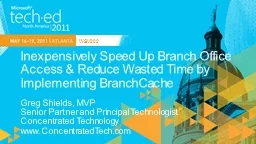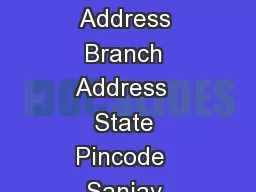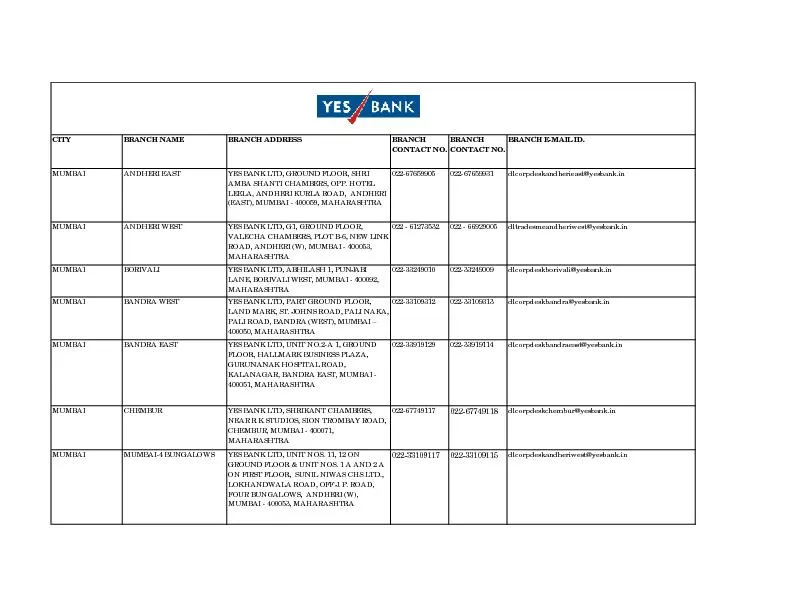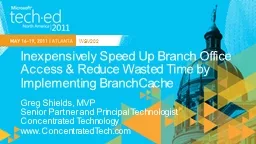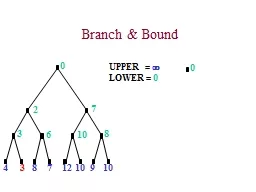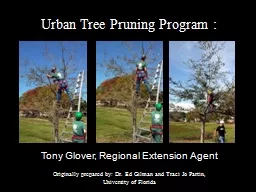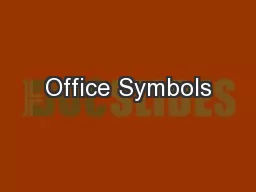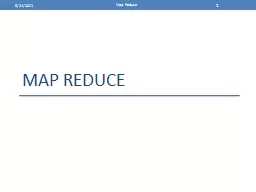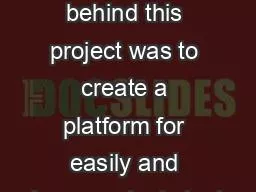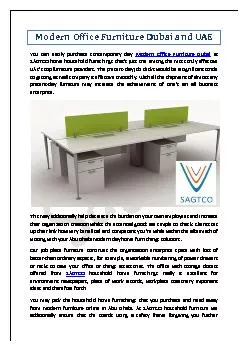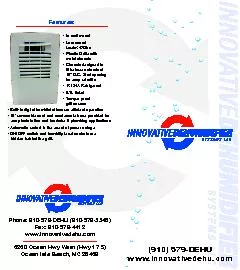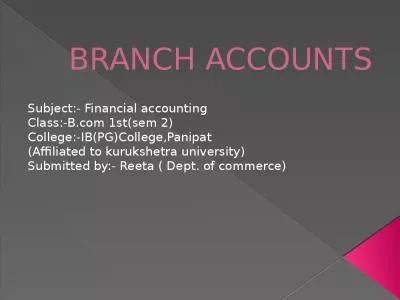PPT-Inexpensively Speed Up Branch Office Access & Reduce Wa
Author : pamella-moone | Published Date : 2017-10-14
Greg Shields MVP Senior Partner and Principal Technologist Concentrated Technology wwwConcentratedTechcom WSV202 Agenda Part I Understanding BranchCache Discussion
Presentation Embed Code
Download Presentation
Download Presentation The PPT/PDF document "Inexpensively Speed Up Branch Office Acc..." is the property of its rightful owner. Permission is granted to download and print the materials on this website for personal, non-commercial use only, and to display it on your personal computer provided you do not modify the materials and that you retain all copyright notices contained in the materials. By downloading content from our website, you accept the terms of this agreement.
Inexpensively Speed Up Branch Office Access & Reduce Wa: Transcript
Download Rules Of Document
"Inexpensively Speed Up Branch Office Access & Reduce Wa"The content belongs to its owner. You may download and print it for personal use, without modification, and keep all copyright notices. By downloading, you agree to these terms.
Related Documents

